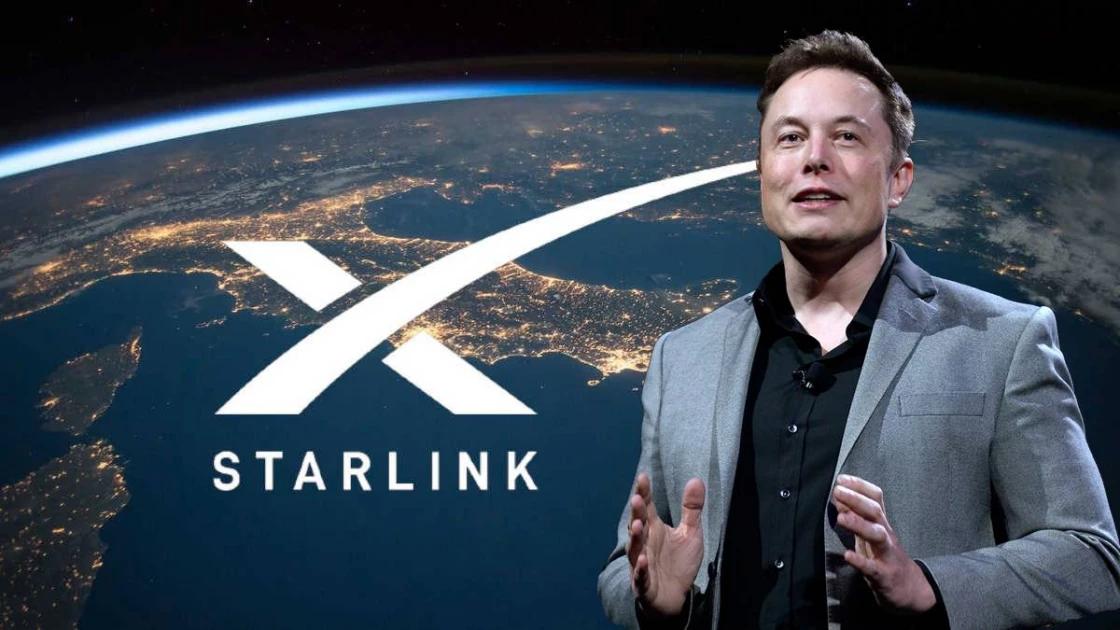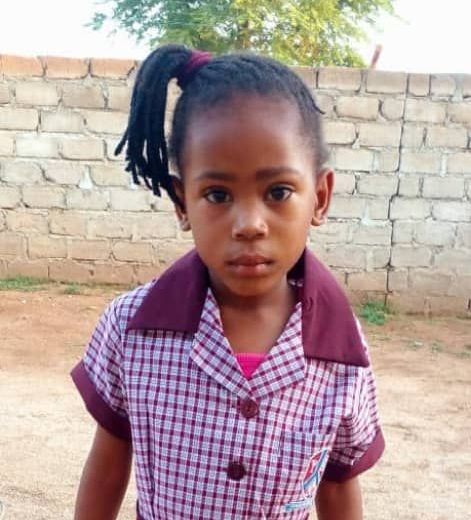Interesting developments have been taking place in the Namibian green hydrogen sector since the launch of the inaugural ‘Green Hydrogen Monitor’.
Namibia’s Blueprint for Green Hydrogen was published in August and various global green hydrogen convenings saw the establishment of a myriad of partnerships, all with the aim of turning Namibia’s ambition into reality.
This article looks at six of the newer players that have been creating momentum, and explores the postponement of the HyRail project.
Zhero Green Hydrogen
One of the newer players on the block is Zhero Molecules Walvis Bay.
The company is partnered with Envision Energy. Envision Energy, a Chinese wind turbine and energy management company behind the NEOM 2.2 GW green hydrogen production facility in Inner Mongolia. Zhero intends to produce 500 000 tonnes of green ammonia annually from 2029, with the project earmarked to make its final investment decision by 2026.
The company has secured lease agreements for two pieces of land, one that will house an industrial park and another near Namport that will serve as a storage facility.
Elof Hansson Hydrogen
Elof Hansson Hydrogen Namibia intends to establish a green hydrogen and ammonia production plant in the Erongo region.
The project will feature a 2 500MW solar photovoltaic (PV) plant, 80km linear infrastructure in the form of power lines, a substation and battery energy storage system.
The project will also feature a desalination plant on nearby land.
The company held public consultations for interested and affected parties in December 2023, convening at Walvis Bay. Among concerns raised was the impact on archeological and heritage sites of neighbouring farms.
Chiffon Green Hydrogen
Chiffon Trading is a Namibian Company registered in December 2023.
The company intends to construct a green hydrogen project consisting of a solar PV plant and an electrolyser plant in the Erongo region.
The project began its environment clearance certificate process in early 2024, with the first call for interested and affected parties published in local newspapers in April.
Furthermore, Chiffon Trading has received support from the !Oe-#Gan Traditional Authority, which will allow the company to lease the land that forms part of the #GaiNgu Conservancy.
Neogreen Hydrogen
Neogreen Hydrogen Namibia is a joint venture between Alpha Namibia Industries Renewable Power Limited (Anirep) and the Canadian hydrogen development firm, NeoGreen Hydrogen Corp.
Anirep boasts a portfolio of companies that are well recognised in the Namibian renewables sector, including HopSol Africa, Anirep Solar and Anisol. Registered in 2021, Neo Green was among the six bidders for the Southern Corridor Development Initiative request for proposals, bidding for the Springbok site. Hyphen was selected as the preferred bidder for the development project.
Neogreen has expressed its interest in developing green hydrogen and green ammonia projects in the //Kharas region. In 2021, the company signed a land lease option for Farm Geelschaap no.19, owned by Namibian businessman Lazarus Jacobs, for the purpose of conducting feasibility studies and ultimately generating solar power in support of future green hydrogen projects.
In October 2023, the parent company NeoGreen Holdings signed an agreement with Danish firm Bunker Holding to collaborate on the operations, logistics and marketing of green ammonia and synthetic fuels across the former’s global project portfolio, including Namibia.
GreenGo Energy
GreenGo is a Danish renewable energy firm that announced its Namibian debut at the Global African Hydrogen Summit in September.
At the summit, GreenGo Energy signed an agreement with local Namibian developer InnoSun Energy Holdings to co-develop solar and wind projects linked to scaled green hydrogen production.
The company also entered a partnership with Lodestone, a Namibian iron mining company. The project is still in its nascent stages. It is likely the company will explore solar PV, wind and hydrogen projects.
Kaoko Green Energy Solutions
Kaoko Green Energy Solutions is a local renewable energy-generation assets development company.
Focusing on green hydrogen and its derivatives, the company has been at the forefront of developing hydrogen clean cooking technologies, as well as research and development in marine renewables and energy storage systems.
In 2023, Kaoko Green Energy Solutions signed an agreement with the Finnish company AW-Energy that specialises in near-shore wave technology.
This agreement will see the development of the /hao project that integrates AW-Technology’s patent wave energy technology, WaveRoller®, into Namibia’s energy mix. It intends to construct a WaveRoller wave farm at Wlotzkasbaken near Swakopmund.
Furthermore, Kaoko Energy is also developing a pilot hydrogen solar panel project at Walvis Bay at JP Brand Primary School.
This project is a partnership between Kaoko Energy and Belgian companies Solhyd and Coosha Impact Venture, which have developed a hydrogen cooking stove and refrigerator that operates on low-pressure hydrogen, sourced from their solar-hydrogen panels.
TransNamib Halts Hyrail Project
TransNamib announced the suspension of its dual-fuel hydrogen-diesel locomotive conversion project in September.
The project, titled ‘HyRail Namibia’, is a joint venture between CMB.Tech, Hyphen Technical, the University of Namibia and TransNamib.
It has received funding from the German government’s JCOI/PTX grant. It was anticipated that the project would take 18 months to complete, with the expected trial service to begin in the last quarter of 2025.
In the last decade, TransNamib has been plagued by numerous problems, including decreasing transport capacity, increasing operational and maintenance costs due to old and obsolete equipment and infrastructure, and the outflow of qualified personnel.
These problems have resulted in cash flow and governance challenges that still impact TransNamib’s capacity to date.
The decision to pause the project has been described as a strategic realignment, allowing TransNamib to focus its limited resources to ensure the provision of quality rail transport services.
During this deferment, TransNamib will initiate a preparatory phase that will allow the parastatal to develop a well-rounded approach that balances its core objectives with its decarbonisation ambitions.
The partners have, however, indicated that they expect to have a green hydrogen powered locomotive on track by April 2025.
Many have evaluated this decision as a smart move for Africa’s first hydrogen train project.
The risks associated with first movers may be too burdensome for a parastatal to undertake, especially one in a precarious position.
The pause to re-energise TransNamib’s operations and develop a transition plan may yield greater outcomes.
*This article was first published in the IPPR Green Hydrogen Monitor Issue.
– Suzie Shefeni is a research associate at the Institute for Public Policy Research (IPPR), where she has worked on projects related to renewable energy.
Stay informed with The Namibian – your source for credible journalism. Get in-depth reporting and opinions for
only N$85 a month. Invest in journalism, invest in democracy –
Subscribe Now!










